
Destination Guide Ultimate Circuits: Combeshead and Down Tor
Far from the fleshpots of Bovey Tracey, the hustle of bustle of Bonehill, and the Hound and its infamous Basket Meals lie - across the western 'Janner' side of the moor - two tors with an altogether different character and feel...

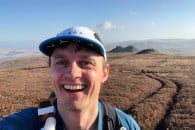













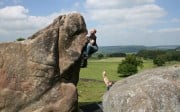
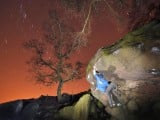


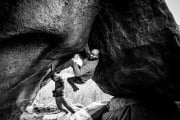


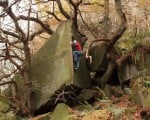
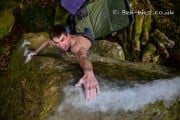





Comments
Sadly its popularity & softer stone has led to much of the more accessible problems becoming badly eroded (climbing in the wet, not wiping feet etc). Maybe an additional comment to highlight the importance of looking after the place since it surely doesn't need advertising as a destination
I wrote this within the very first paragraph:
“As a result of its softness, care has to be taken, and signs of wear are already apparent, but if you tread lightly then this is a bouldering circuit to be cherished…”.
Within the video we were keen to be seen to be doing all the right things, such as cleaning/drying our shoes and brushing holds. We’ve produced best practise videos and articles before, which tackle the issue directly, but within this we wanted it to be a little more natural.
Thankyou. I somehow missed that so i do apologise. Its just very sad to see whats happened there particularly over the last few years.. the erosion, bad parking etc
Bear with and I’ll take another look at the article next week and see if there’s anything we can do to make the information more prominent. It’s a valid point that you’ve raised and one that’s similarly close to my heart, so anything we can do to raise further awareness is a good thing.
Great stuff Rob. Definitely not pissing on your article. Given the points mentioned it wouldn't feel out of place or finger waggy to put a bit of ethics & stewardship at the forefront in this case